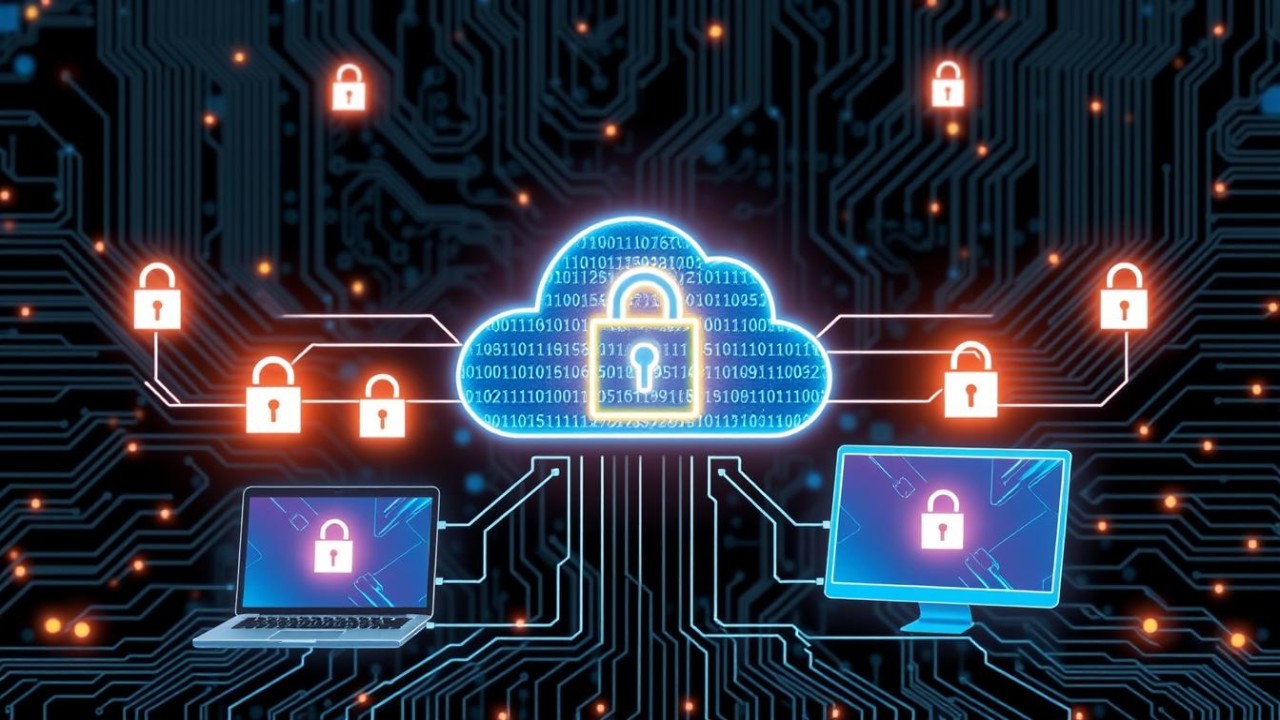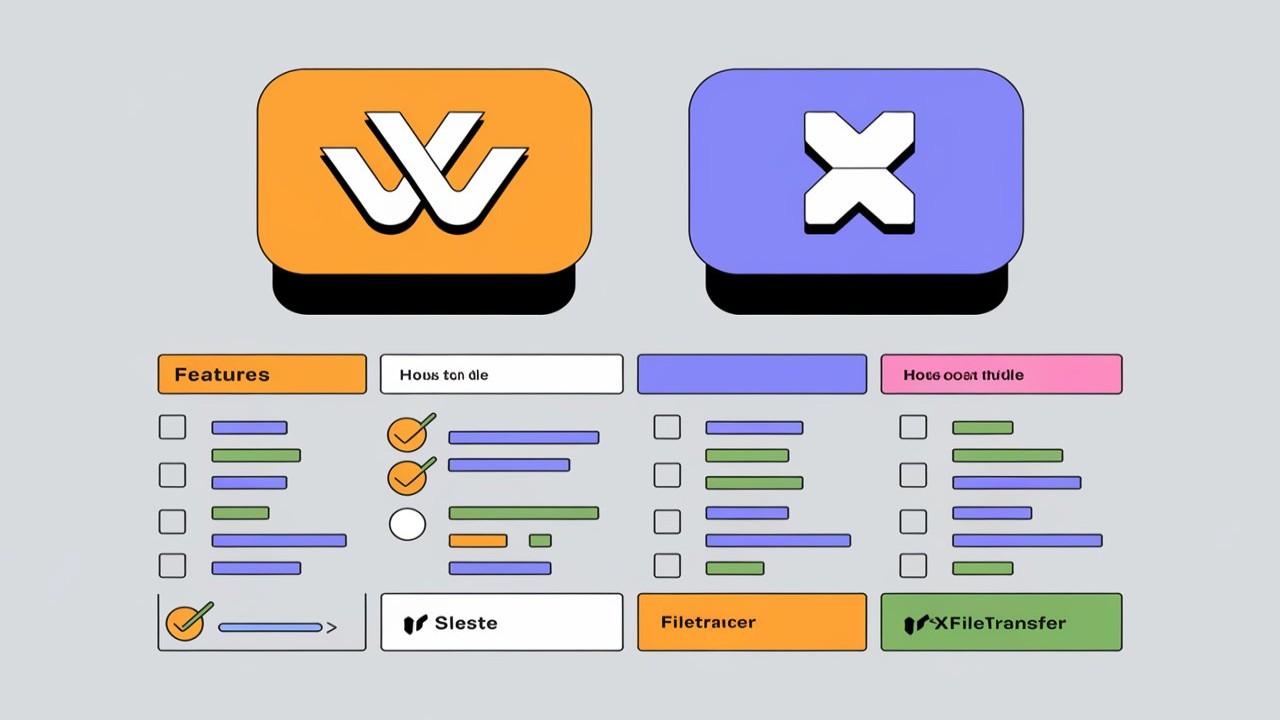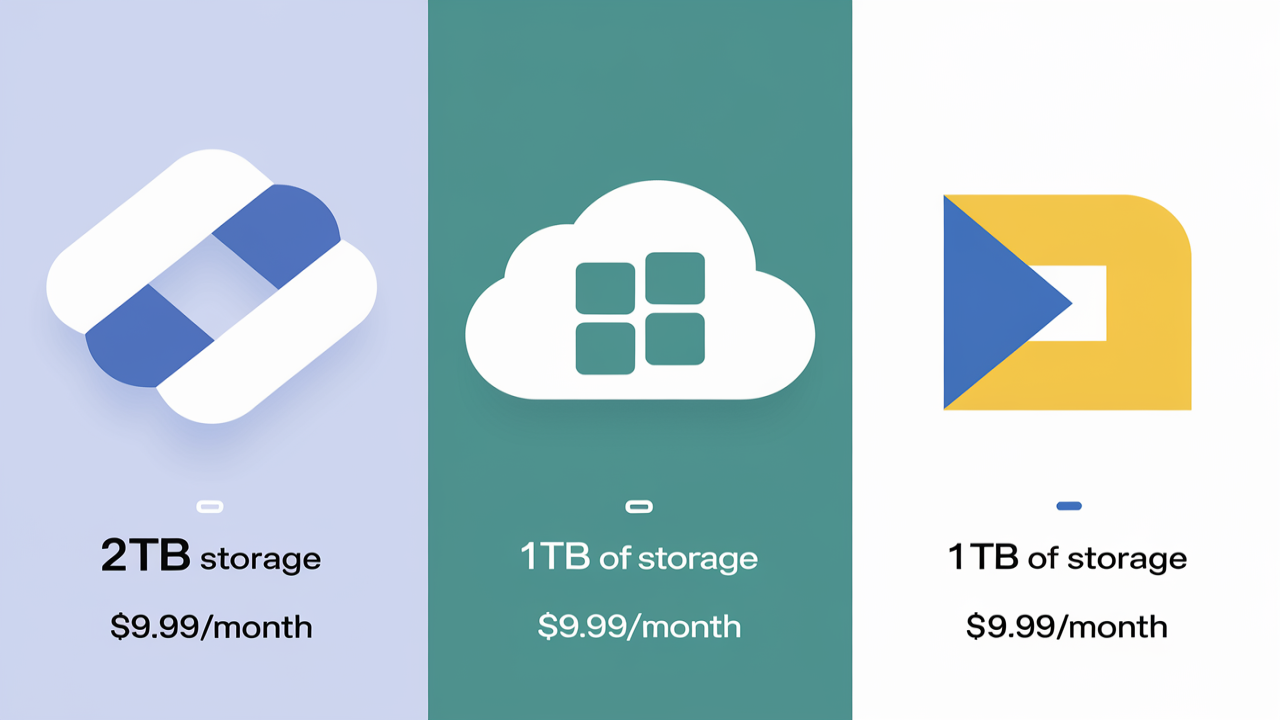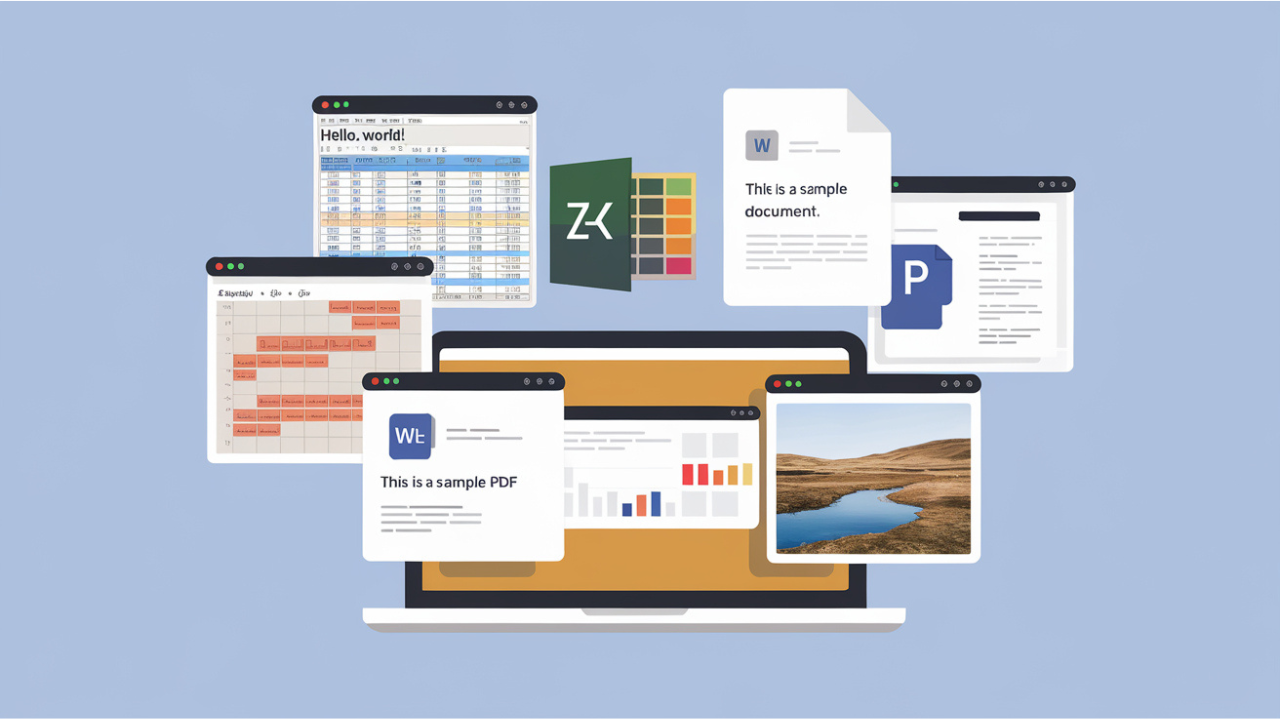Blockchain technology operates on a simple yet brilliant principle: transparency and security. When you share a file using blockchain, it's split into tiny pieces, and each part is encrypted and distributed across a network of computers. Think of it as sending a jigsaw puzzle to your friend, but instead of all pieces being sent together, they’re scattered among hundreds of others. Only the intended recipient has the key to reassemble it. This means that even if someone does manage to grab a piece of your puzzle, it wouldn't make sense without the others.
And let’s not forget about authenticity. With blockchain, files carry a digital signature that verifies their origin. It’s like placing a seal on a letter; once sealed, you know it hasn’t been opened by anyone else. This mechanism not only assures you of the file’s authenticity but also builds trust in every transfer.
Unlocking Security: How Blockchain Technology is Revolutionizing File Transfers
Imagine blockchain as a super-secure digital ledger—like a vault that records every transaction in a way that’s almost impossible to alter or tamper with. Each file you send is broken down into tiny bits and embedded into this blockchain. Think of it as turning your document into puzzle pieces; even if someone intercepts a few, they can’t reconstruct the original file without all those pieces.
Now, let’s talk about transparency and trust. Picture a neighborhood where everyone keeps a copy of the same book. Each time one of your neighbors makes a note in that book, everyone else can see it too. That’s how blockchain works! Every file transfer is recorded and can be verified by all parties involved. This means you can always track who sent what and when, giving you peace of mind that your documents are safe from snooping eyes.
Plus, blockchain eliminates the need for a middleman. When you send a file, rather than passing it through a office, it goes directly to the recipient. This boosts speed and dramatically reduces costs. It’s like cutting out the traffic in a busy city; you reach your destination much faster!
So, whether you're sharing private business reports or sending personal information, blockchain technology is your new best friend—enveloping each file in layers of security that keep hackers at bay while ensuring your data travels swiftly and safely. Imagine a future where file transfers are seamless and secure, all thanks to blockchain!
Beyond Encryption: Why Blockchain is the Future of Secure File Sharing
Imagine sending a file to a friend. You shoot it over through email, and just like that, it's in their inbox. But wait—what if someone intercepts it? Traditional methods often leave doors open for hackers. This is where blockchain steps in like a digital superhero. Instead of relying solely on encryption, blockchain utilizes a decentralized network, which means that every piece of data is stored on multiple computers rather than on a single server. Think of it like a team of bodyguards watching over a priceless jewel—if one falls asleep, the others are still on high alert.
Now, consider the trust factor. In a world where data breaches are more common than coffee runs, blockchain provides a transparent ledger. Each action recorded is immutable, meaning it can't be altered or deleted. So, when you share a file, you know it’s exactly the same on your friend’s end as it is on yours. It's like sending a sealed letter in a special box that only you and your friend have the key to—no peeking allowed!
Plus, with smart contracts, you can automate the sharing process based on specific triggers. Toss away your old “reply-all” email nightmares, because blockchain allows for controlled access. Want to share a document only during a specific project timeline? No problem—just set it and forget it.
In summary, while encryption is critical, blockchain takes file sharing to a whole new level. With its decentralized approach, immutability, and automation, it’s clear why blockchain is becoming the go-to solution for secure file sharing in the digital age. Who wouldn't want to share files with peace of mind?
Decentralizing Security: The Role of Blockchain in Safer Data Transfers
Blockchain technology decentralizes security, meaning there’s no single point of failure. Think of it as a giant network of interconnected computer nodes, each one holding a copy of the same information. So, if one node goes down or gets hacked, the rest remain intact, protecting your precious data like a fortress. Pretty nifty, right?
In a traditional system, data travels through centralized servers, making it vulnerable to attacks. It's like putting all your eggs in one basket—if someone tips that basket over, you’re left scrambling. Blockchain, on the other hand, splits the basket into many smaller ones! Your data hops from one secured node to another, wrapped in layers of encryption, making it virtually impossible for intruders to intercept.
Furthermore, every transaction on a blockchain is recorded in a transparent ledger, visible to everyone involved. This doesn’t just enhance security; it also builds trust. Who wants to worry about data integrity when you can see it verified right before your eyes? Imagine visiting a farmer’s market where you can trace every tomato back to its source—how reassured would you feel about its quality? With blockchain, that same peace of mind extends to your digital transactions.
File Transfers Reimagined: Exploring the Blockchain Advantage in Data Security
Blockchain isn’t just a buzzword tossed around in tech circles; it’s a game-changer for file transfers. Think of it like a digital fortress, where your files are not just tossed around aimlessly in the ether, but are safeguarded in a layer of solid encryption. With traditional file transfers, data can be intercepted, manipulated, or lost. But with blockchain, every transaction is noted in a decentralized ledger that can’t be altered. It’s like having a digital fingerprint for each file you send; you know exactly who accessed it, when, and where.
Ever wonder how safe that online document sharing really is? With blockchain, each file transfer is securely hashed and linked, making sure no one can meddle with the data. It’s as if you put a tamper-proof seal on your file before sending it off. Plus, since the data resides across a network of computers rather than a single server, the risk of a centralized attack is significantly reduced.
Isn’t it frustrating when you send a file and don’t know if it actually made it? Blockchain offers transparency, allowing you to track the journey of your data in real time. It’s like watching a package glide through the postal system, but way cooler and more secure. So the next time you think about transferring files, remember that blockchain offers an innovative way to keep your precious data safe while you sit back and relax.
From Risk to Reliability: The Transformative Power of Blockchain in File Transfers
So, how does this digital wizardry work? Blockchain operates like a meticulously maintained public ledger. Each transaction is recorded in a block, linked to the next, creating a chain of trust. Picture it as a series of secure boxes, each fitted with a lock that only the intended recipient can open. This not only safeguards your files but also ensures that they arrive intact and unchanged, eliminating the risk of tampering.
You might be wondering, “Isn’t this just techy mumbo jumbo?” Not at all! Imagine transferring a family heirloom; you wouldn’t just toss it in the mail, right? You’d want a secure, traceable way to ensure it reaches your relative without a scratch. That’s the essence of blockchain for file transfers—providing a transparent and reliable method that assures you of its safety every step of the way.
Moreover, traditional methods often come with hidden costs, delays, or fraught with uncertainty. Blockchain, on the other hand, reduces intermediaries, cutting down on both time and fees. Think of it as having a direct route to your destination instead of navigating a confusing maze with countless detours.






Comments (0)